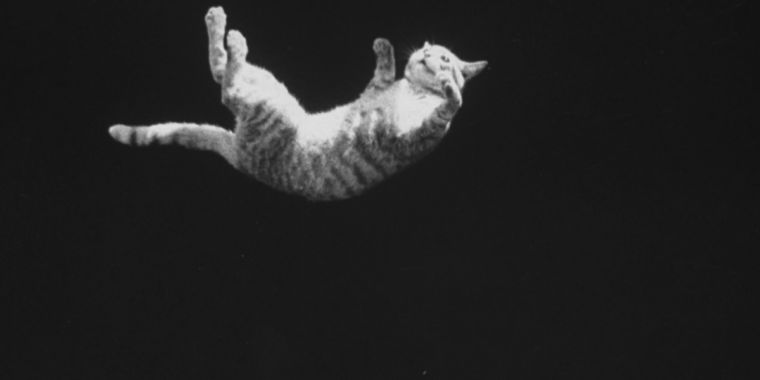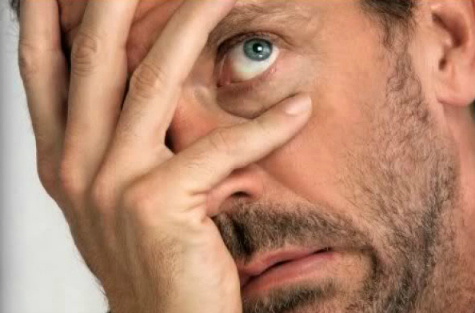- cross-posted to:
- science@lemmy.ml
- cross-posted to:
- science@lemmy.ml
(2019)
I picture you in a school setting attempting to tell everyone that a book in history classes contain notes from 1912 or some crap.
This is the best summary I could come up with:
Sure, Erwin Schrödinger could be accused of animal cruelty for his famous thought experiment, but Edwin Hubble had a cat named Copernicus, who sprawled across the papers on the astronomer’s desk as he worked, purring contentedly.
So perhaps it’s not surprising that there is a long, rich history, spanning some 300 years, of scientists pondering the mystery of how a falling cat somehow always manages to land on their feet, a phenomenon known as “cat-turning.”
A professor at the University of North Carolina, Charlotte, Gbur gives a lively, entertaining account of that history in his recent book, Falling Felines and Fundamental Physics.
Nineteenth century physicist James Clerk Maxwell offered a “falling figure skater” explanation, whereby the cat tweaks its angular momentum by pulling in or extending its paws as needed.
Ars: You also discuss a 2003 paper by physics philosopher Robert Batterman, in which he examines falling cats in terms of geometric phases, which in turn connects to a Foucault pendulum.
In basic physics classes, we’re often taught a very abbreviated and abridged version of the history, where you’re given the straight line path that leads to the end.
The original article contains 1,951 words, the summary contains 188 words. Saved 90%. I’m a bot and I’m open source!




